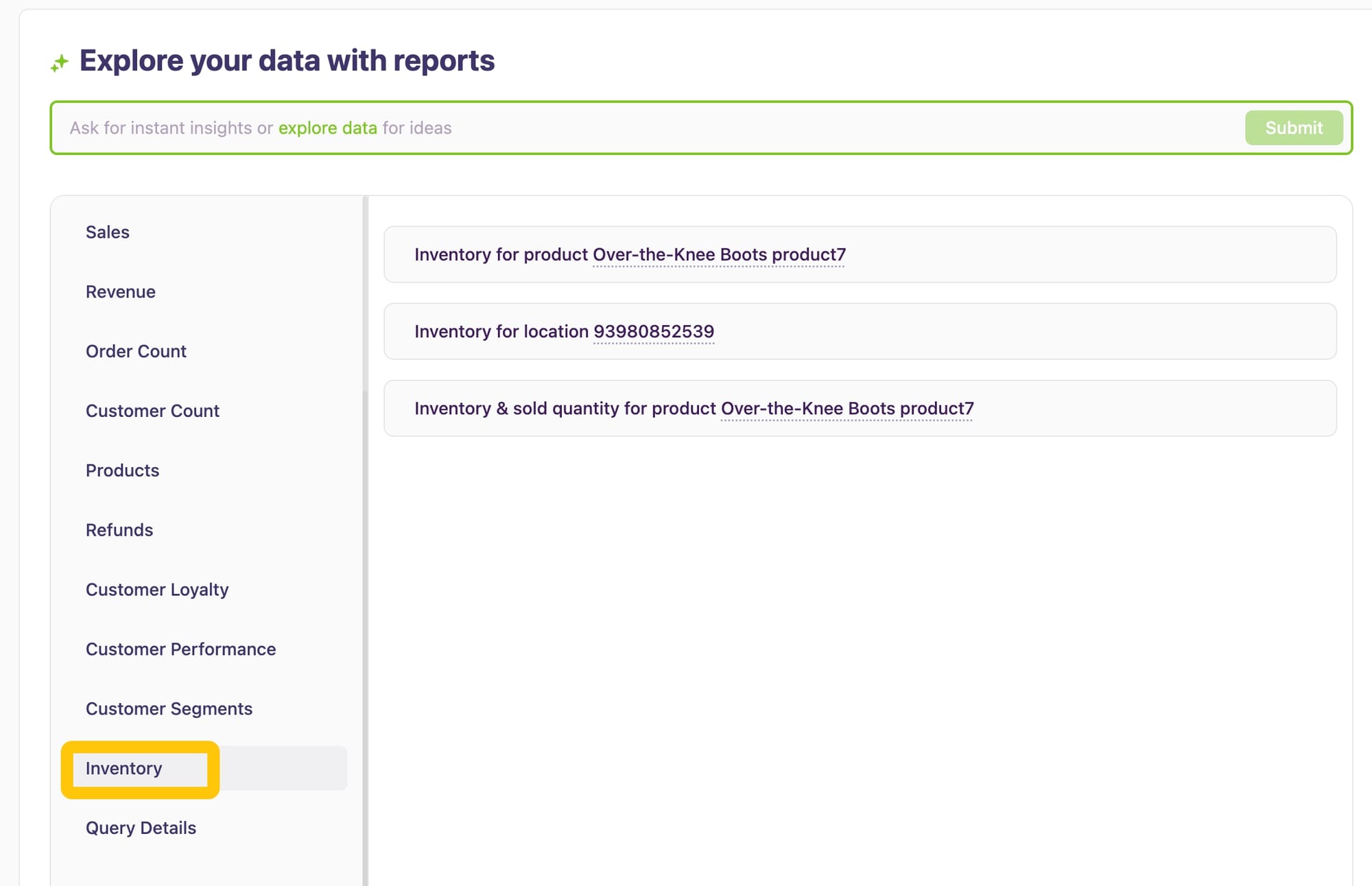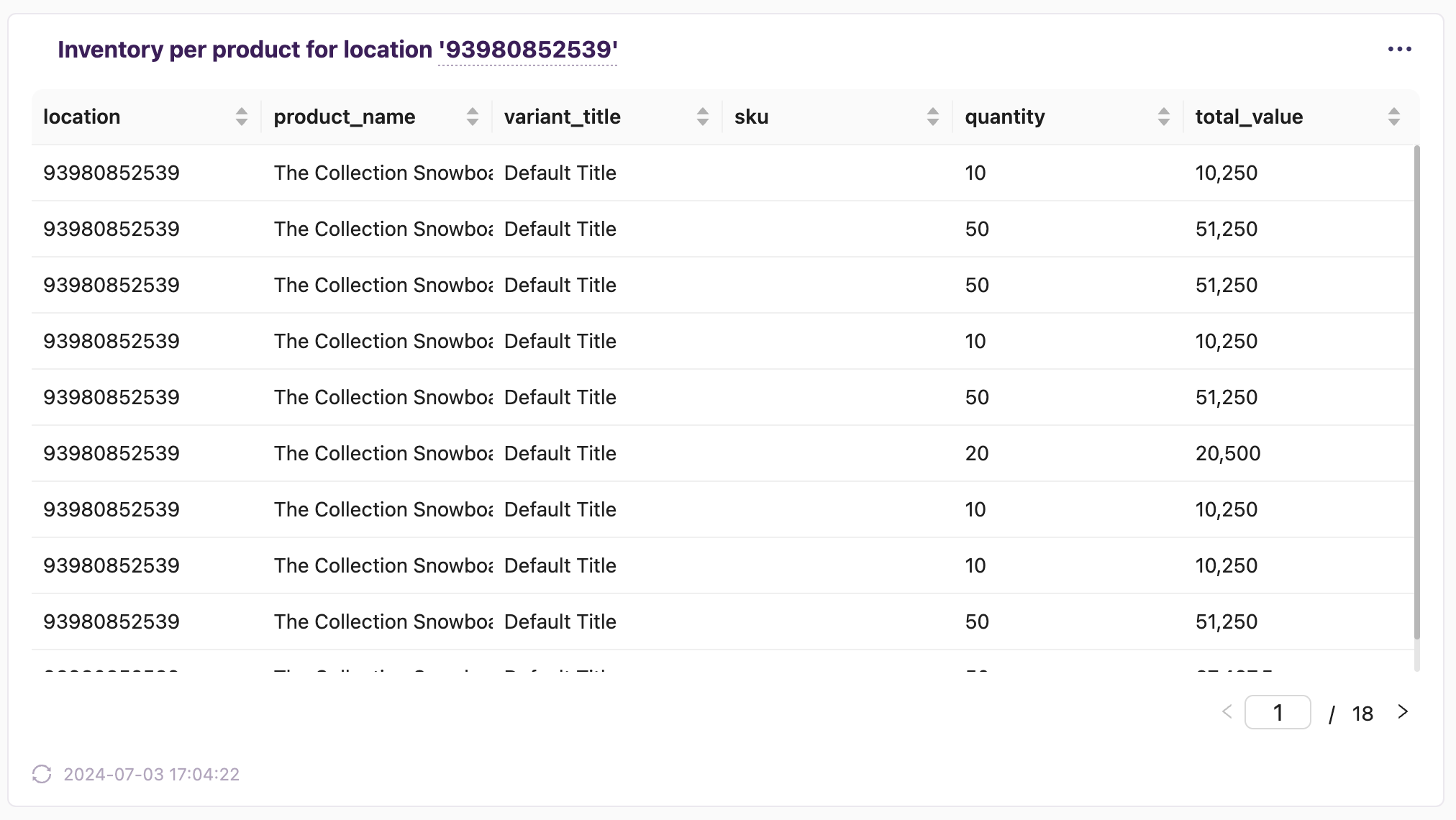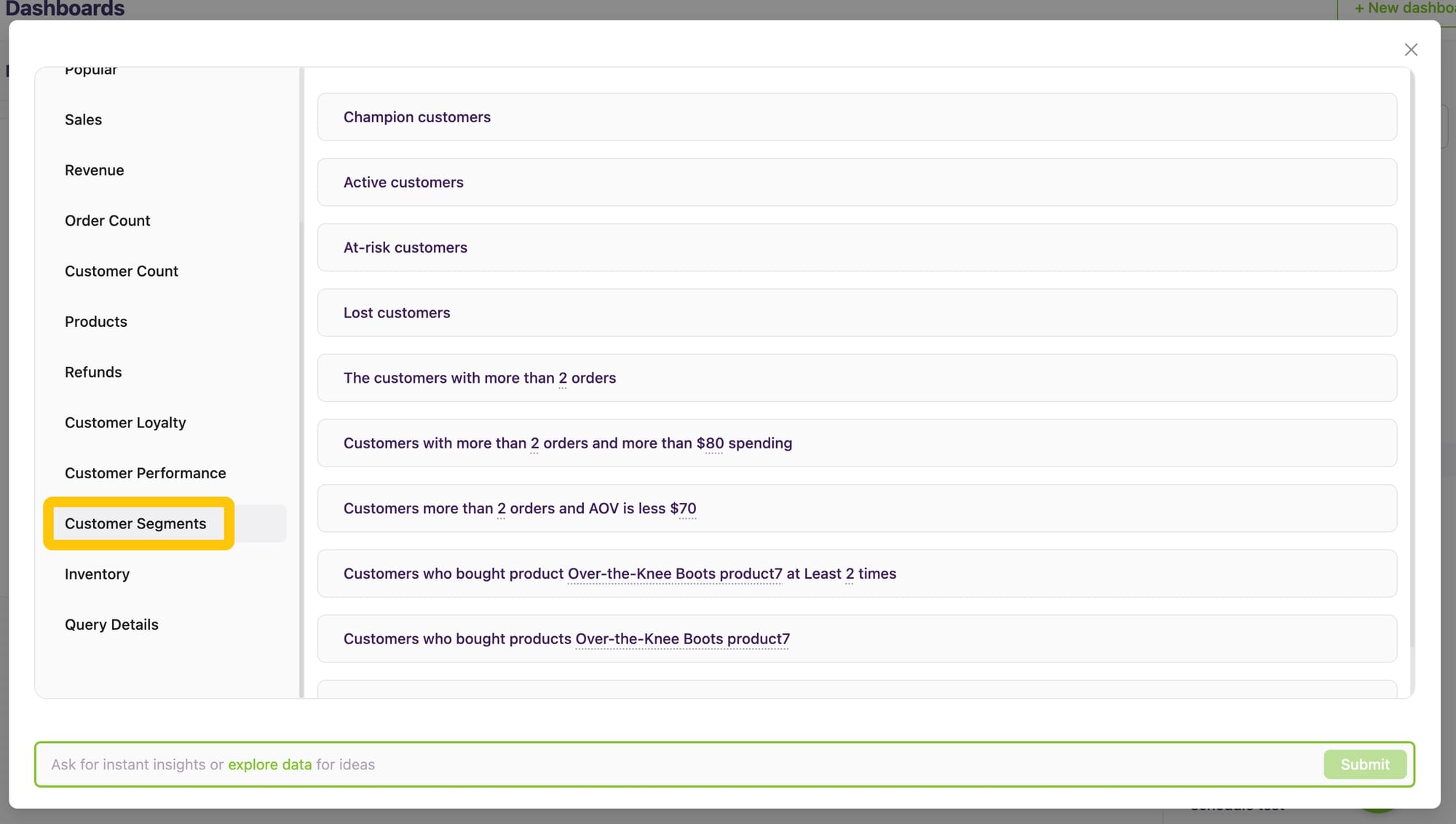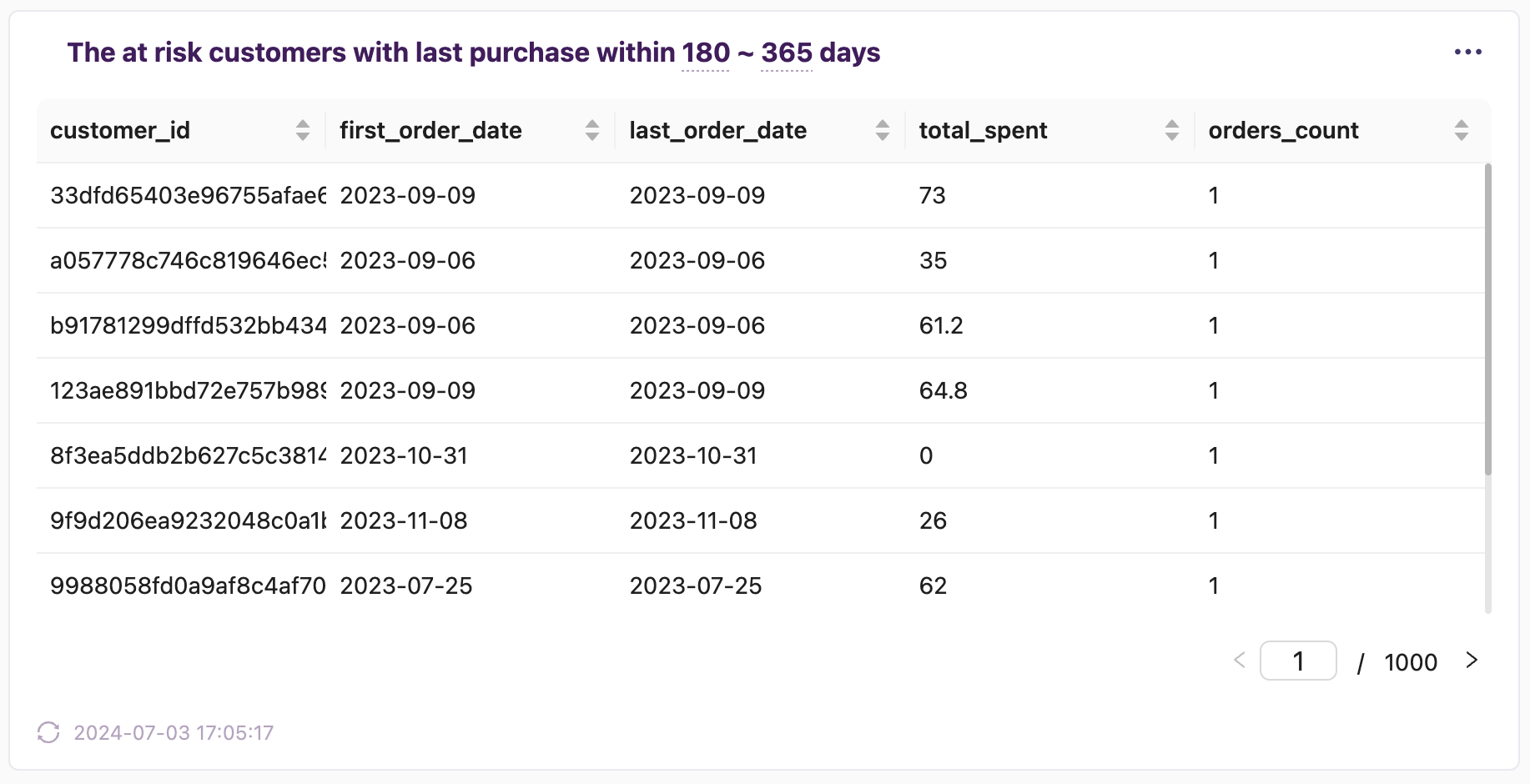How to Use Data Analytics to Improve Business Decisions

Driving a car with a blindfold on sounds terrifying, right? Yet, that's how running a business without data analytics feels. You make decisions based on guesswork, hoping for the best. Fortunately, data analytics is like taking off that blindfold, giving you a clear view of the road ahead. Let's dive into how you can harness the power of data to make smarter business decisions.
Optimizing Inventory Management
1. Demand Forecasting
Think of demand forecasting as your business’s crystal ball. By analyzing historical data, you can predict future demand and adjust your inventory levels accordingly. This means you won't be stuck with excess stock or scrambling to fulfill orders when products run out.
2. Inventory Turnover Analysis
Ever wondered how often your inventory is sold and replaced? Inventory turnover analysis gives you the answer. This metric helps you identify slow-moving items that take up valuable space and capital, allowing you to streamline your stock for better efficiency.
3. Safety Stock Calculation
Safety stock is your buffer against stockouts. By determining the optimal level of extra stock, you can ensure you’re always ready to meet customer demand, even when unexpected spikes occur. No more lost sales due to out-of-stock items!
4. Track Inventory in MagicBean
MagicBean offers a simple way to track your inventory, ensuring you always have the right products at the right time. By selecting ready-to-use templates, businesses can get insights in seconds.


Enhancing Marketing Campaigns
1. Customer Segmentation
Not all customers are the same, so why treat them that way? Customer segmentation divides your audience into groups based on behavior, demographics, or preferences. This lets you tailor your marketing efforts, making them more relevant and effective.

2. A/B Testing
A/B testing is like running a mini-experiment with your marketing strategies. By comparing two different versions of a campaign, you can see which one performs better. This data-driven approach helps you refine your messaging and visuals to maximize impact.
3. ROI Analysis
Want to know which marketing campaigns are worth the investment? ROI analysis measures the return on investment for each campaign, helping you allocate your budget more effectively. Focus on what works and ditch what doesn’t.
Improving Customer Service
1. Sentiment Analysis
Ever wish you could read your customers’ minds? Sentiment analysis comes close. By analyzing customer feedback from various channels, you can gauge satisfaction and pinpoint areas for improvement. Happy customers are loyal customers!
2. Churn Prediction
Predicting which customers are likely to leave can save your business. Churn prediction uses data to identify at-risk customers so you can develop strategies to retain them. A little effort here can lead to significant savings.

3. Performance Metrics
Track key performance indicators (KPIs) like response time, resolution rate, and customer satisfaction scores to measure your customer service effectiveness. Regularly reviewing these metrics ensures you’re meeting and exceeding customer expectations.
Conclusion
Using data analytics to drive business decisions is like having a superpower. It transforms guesswork into precision, helping you optimize inventory, enhance marketing campaigns, and improve customer service. The benefits are clear: better efficiency, higher customer satisfaction, and increased profitability. So, take off the blindfold and let data be your guide. Embrace data-driven approaches and watch your business thrive!
Ready to take control of your business? Try MagicBean for 14 days free! Sign up now and start improving your business decisions.



